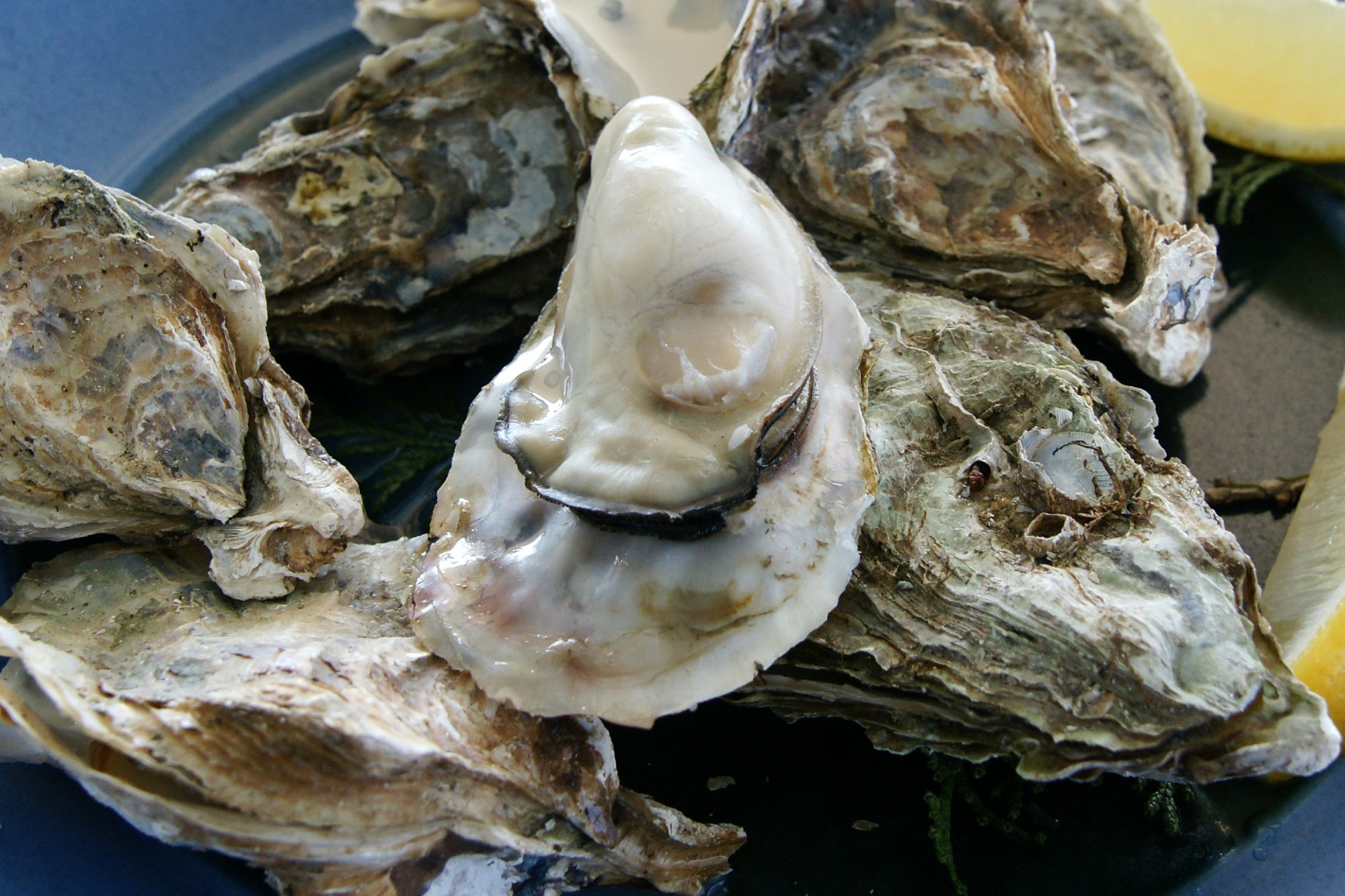As you no doubt know by now — and probably are sick to death of hearing — I like duck. But my attempts at brining the little critters did not do them justice, so I decided to try just once more. The problem with brining is that there are many variations, most of which will work well with some meats but not with others. For instance, my chicken brine doesn’t work well with pork chops, but is a rockin’ good way to make roast chicken. I did a bit of research, and discovered absolutely nothing of any utility. I just confused myself even more. But that has never stopped me, and I had a beautiful duck just waiting to be the subject of my grand experiment.
I try not to be wishy-washy in most things, and brining is no exception. I went the overkill route, with a 5:1 ratio of water to sugar and salt (or more accurately; 10:1:1). In retrospect, I used too much sugar, so if I ever brine a duck again, I’ll use just a slightly smaller amount of sugar and replace it with more salt. I also added some fresh thyme, sage and garlic, in addition to freshly ground black pepper and some juniper berries. What? I once had a juniper berry-cured pork chop that was spectacular, and because I didn’t know what the hell I was doing…Anyway, I mixed everything in a pot and boiled it gently for about ten minutes to dissolve the sugar and salt and to extract some extra flavor from the herbs and spices. I then stuck the pot in the refrigerator for an hour or so to cool, plopped the duck into its lovely and fragrant bath, and left it for four hours. After the brining I rinsed the duck in fresh water, dried it, and left in the refrigerator to dry overnight.
The roasting was simple. I stuffed the cavity with whatever I had floating around in the vegetable drawer (carrots, celery, onion, orange) and put the duck into a hot, hot oven (450°F) until the skin was crispy and before the rendered fat burst into flames. About 45 minutes into the roasting, I removed as much of the fat as I could.
Total time? I don’t really know, but the skin was nice and crispy, and the tips of the wings were just a bit charred. And the flavor? Very nicely seasoned, but the salt and sugar overwhelmed the herbs. I really liked the flavor, but it is certainly not a subtle dish. Interestingly, the most important part of this dish has nothing to do with the brining; it is the drying before roasting and then roasting it at a very high temperature. That, Grasshopper, is the secret to duck. I wish that the brine made a huge difference, but all it did was salt the duck and add a bit of sweetness to the meat. I think that I will continue to brine my ducks, but if I don’t have the time or energy, I certainly won’t worry that I am short-changing my taste buds. Maybe adding more herbs and spices to the brine will help, but I wouldn’t increase the time in the liquid. The duck was borderline too salty.
Now that I have driven both of my readers away with my incessant ranting about brining, I will console myself with a duck burrito.


